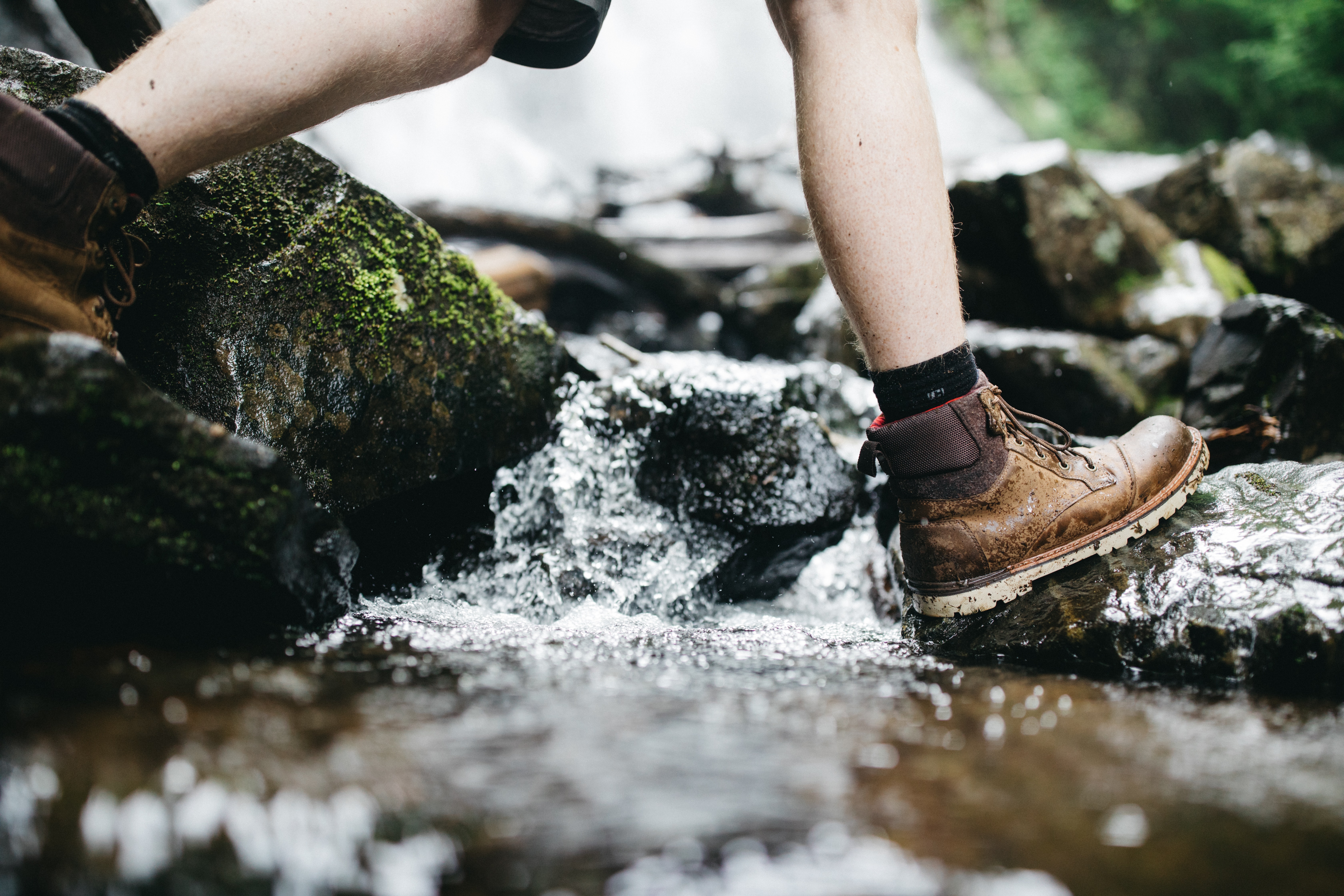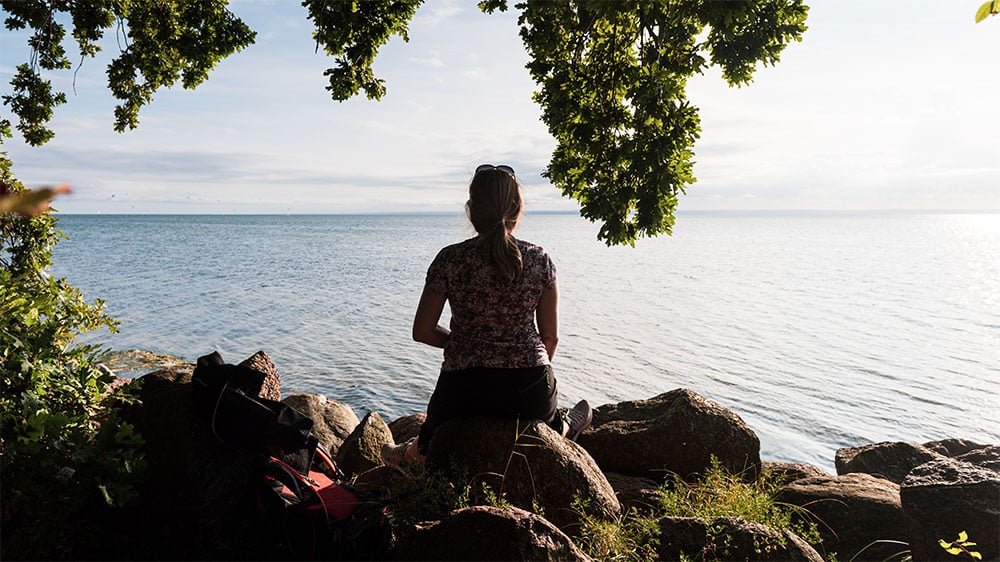Science and medicine are coming together in an effort to restore humans’ connection to nature. Virtual reality (VR) simulations of natural environments are on the rise – and are helping humans and nature alike. It might sound counter-intuitive, but the solution to a problem caused by technology may come from technology.
Nature in a bottle
The benefits of physically spending time in nature have long been known, and reach far beyond breathing in fresh, clean air. A 2016 report by the World Health Organisation found that urban green spaces (i.e., vegetation in cities) can be connected to, among other things, physical relaxation and stress reduction. Simply put: a walk in the park makes one happier and mentally healthier. People who have physical difficulty reaching green spaces, such as the elderly, are often deprived of these benefits, however.
During the Covid-19 pandemic, when access to the outside has been limited for many people, the options for bringing nature to people virtually expanded.
Mattias Wallergård, associate professor at the department of design sciences at Lund University, has spent the past 10 years studying ways of bringing the outside indoors, looking at the use of VR as a direct health intervention. Or, as he puts it: “How to bottle up the benefits of real nature in virtual reality for vulnerable populations.” His recent study in a Swedish home for the elderly shows that VR nature needs to be as diverse as those using it.
“There is no one solution that fits everyone,” says Wallergård. “For some people, it works perfectly to run it as a group activity, with one participant wearing the VR glasses and a huge tv-screen that’s following what’s happening in the virtual world. Others need individual experiences.”


